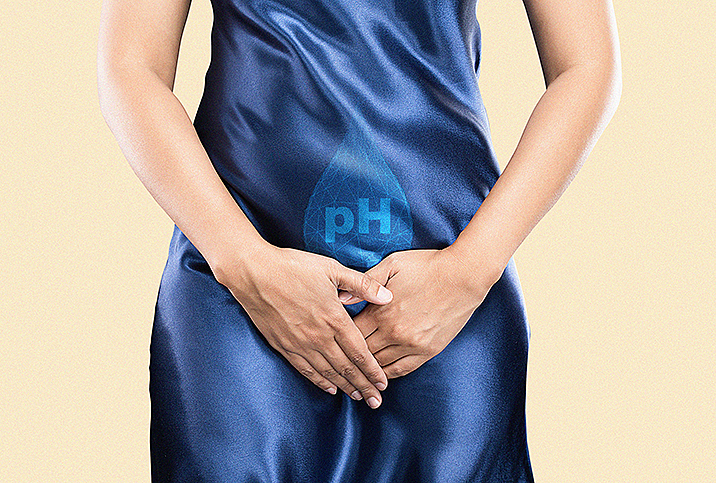Let’s Talk About Bacterial Vaginosis

Any woman can contract bacterial vaginosis (BV), a common condition that occurs when the natural bacteria in your vagina gets out of balance. BV can put you at higher risk for contracting sexually transmitted disease, according to the Centers for Disease Control and Prevention (CDC).
Results from a nationally representative study indicate that BV affects 21.1 million women aged 14 to 49 in the United States. Here's what you need to know to help prevent and treat bacterial vaginosis.
What role does sexual activity play?
Sexual activity's role in the development of bacterial vaginosis is not fully understood by medical experts. Because it is not a sexually transmitted infection (STI) or disease (STD), it is possible, though rare, to get BV even if you've never engaged in sexual activity.
However, if you have or suspect you have BV, it's best to cease sexual activity until after you've completed treatment. Once the infection has been alleviated, the CDC recommends using a condom to prevent recurrent BV.
Proper vaginal care and cleaning
While the exact causes of bacterial vaginosis are unclear, proper hygiene practices may help. This includes avoiding the use of harsh soaps and other products near or on your genitals. Commercial soaps, which are typically alkaline-based, can exacerbate skin irritation, cause imbalances in pH and microflora, and increase vaginal discharge. The same goes for douching, the use of any feminine deodorant sprays and perfumed or dyed products, such as lubricants, wipes or scented tampons/pads.
Symptoms and complications of BV
The Cleveland Clinic reports that as many as 84 percent of women with BV experience no symptoms. For those who do, thin grey, white or green vaginal discharge is common. Other symptoms include a constant burning sensation when you pee and a fishy odor, especially following sex. An itchy or sore vagina is rare but possible as well.
Generally, complications don't arise from BV. However, some women with this condition could develop STIs, infection risk following gynecologic surgery and pelvic inflammatory disease (PID).
Pregnant women with BV can experience premature birth and low birth weight babies. If you're pregnant and have symptoms of bacterial vaginosis, it's important to talk to your doctor about testing and treatment.
Treating bacterial vaginosis
Bacterial vaginosis can sometimes disappear on its own without treatment, however, if you experience any symptoms or are pregnant, you should seek medical advice.
Leaving BV untreated may put you at higher risk of STIs, including HIV, genital herpes, chlamydia, PID and gonorrhea. Women with HIV who develop BV are also more likely to pass HIV to a male sexual partner.
A complete medical history and in-depth discussion of your symptoms are the first steps toward diagnosis. A pelvic exam will be administered to evaluate the appearance of the vaginal lining and cervix and a sample of vaginal discharge will be taken and tested.
If you are diagnosed with bacterial vaginosis, your physician can prescribe anti-bacterial agents, whether as a tablet or a cream or gel you apply directly to your vagina. Most medications to treat BV require a five-to-seven-day course. Be sure to complete the entire regimen of medication prescribed by your doctor, even if your symptoms diminish or disappear during treatment.
Typically, a single round of antibiotics knocks out the infection, though an additional round is required for 10 percent to 15 percent of individuals.
BV is a common condition many women will experience in their lifetime. Fortunately, the treatment is simple and straightforward, so talk to your doctor today about the best path forward.
















